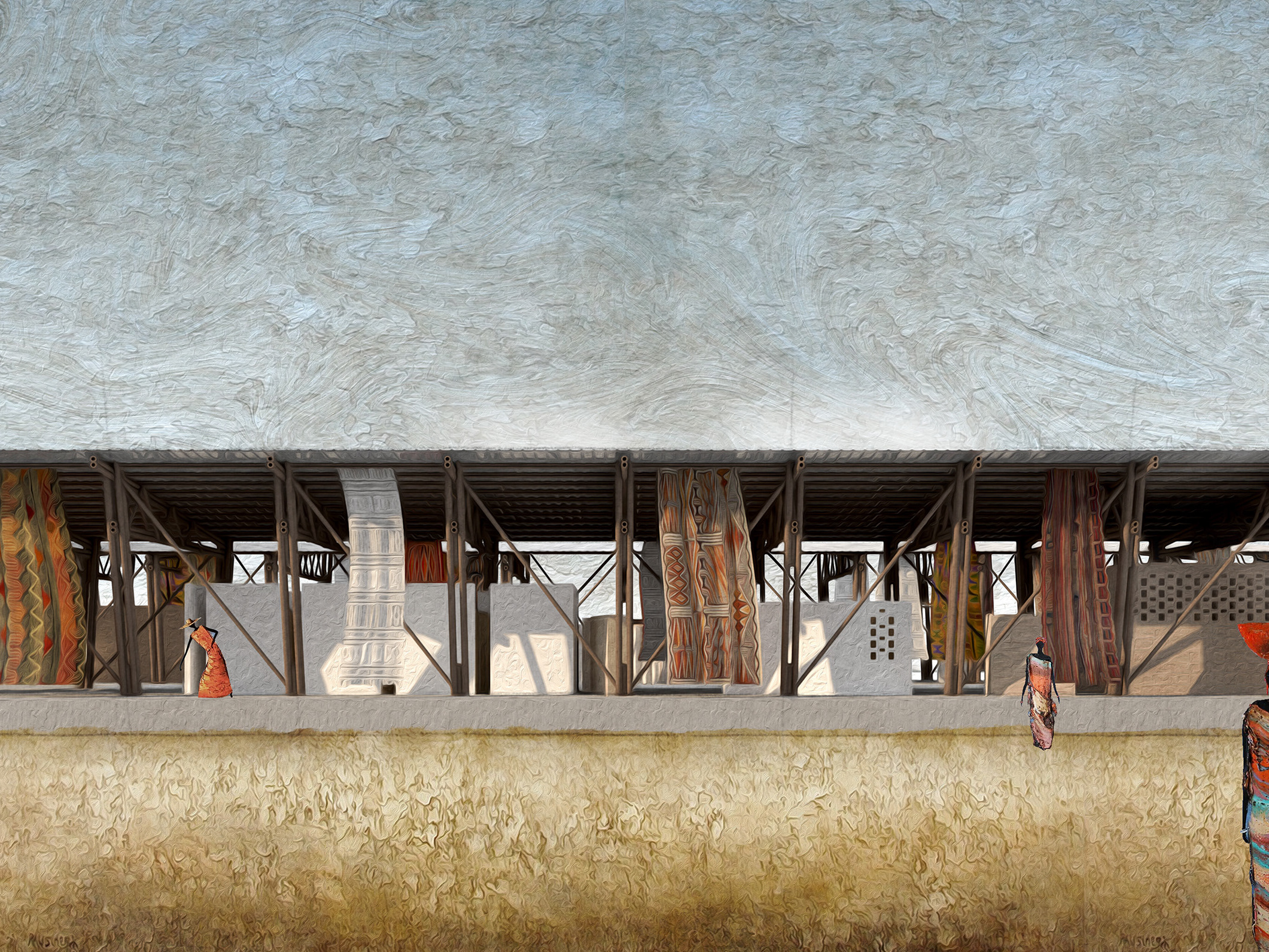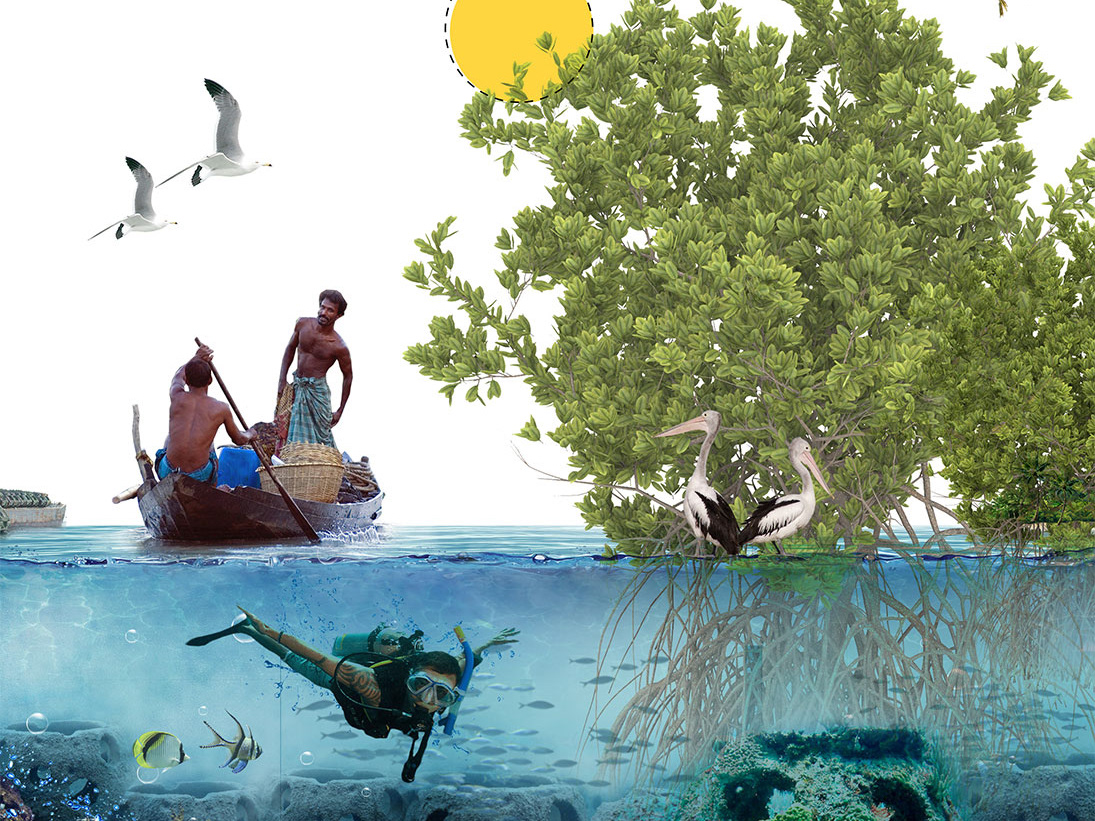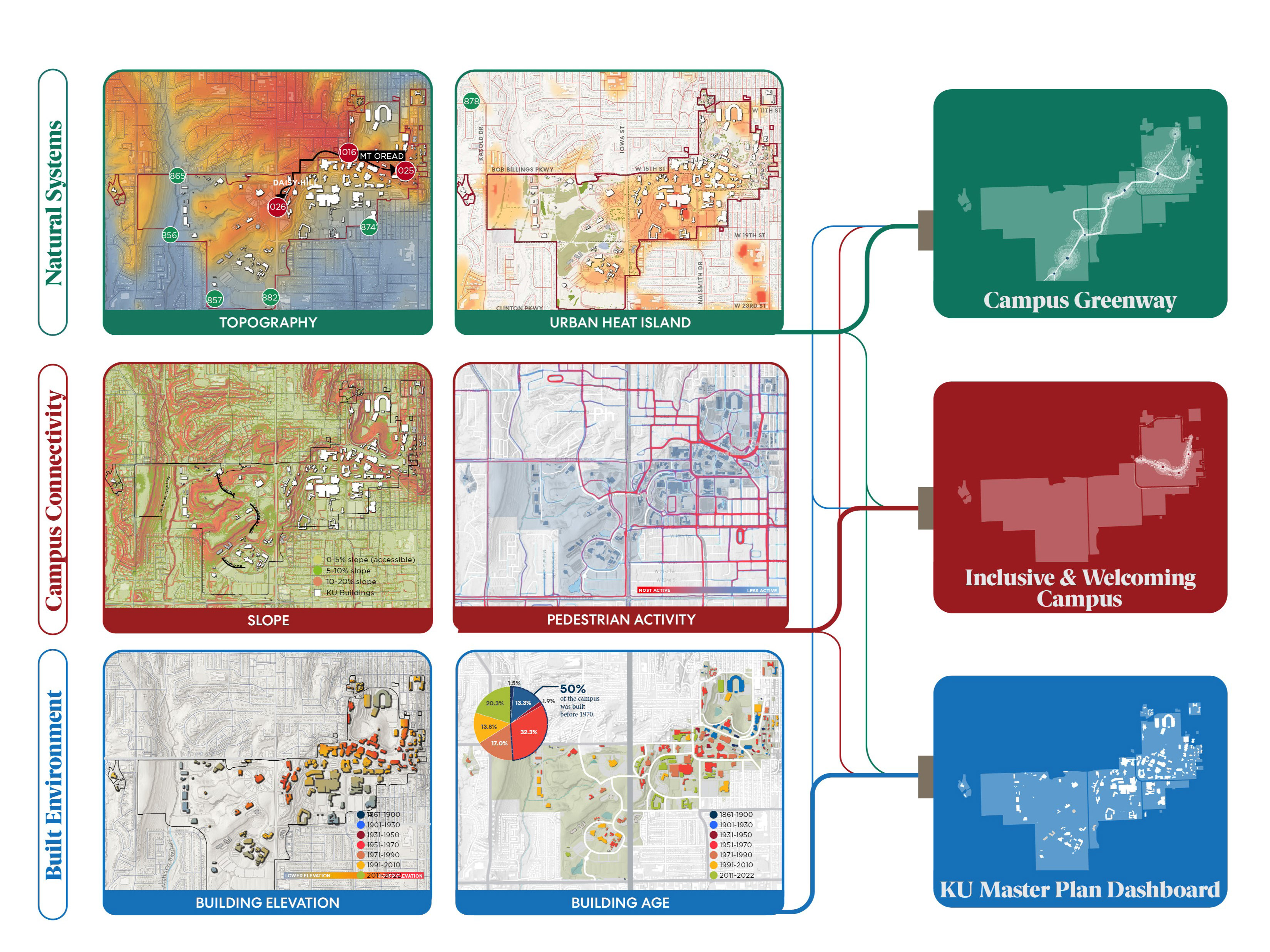Water Network- Rural V/S Urban context
RESEARCH
POLICY
PLANNING
2018 | Undergraduate Studies
Advisors: Ms.B.Muthulakshmi, Ms.P.S Premamani
Team: Mona VIjaykumar, T.R.Radhakrishnan, Karthikeyan V J, Lushvin Kummar U, Madhu Praveen, Manvika Mathivanan, Nivedana S B, Vaishali Ravindran, Vidya Lakshmi Adaikappan
A situation where water systems are over compromised inequitable for urban areas, how long can such unplanned, extractive distribution sustain?
The state of Tamil Nadu that once comprised of more than 41,300 'Ery' or water reservoirs is now facing a steady decline in numbers due to encroachment, lack of maintenance and industrial exploitation, which has resulted in severe droughts and inundations.
The past and present conditions of Chembarambakkam Ery are studied through on-site documentation and literature references that provided insight to its association with people, context and ecosystem.
Map showing Tamil Nadu Ery as source for variety of agriculture produce
and irrigation
Process demonstrating the working of an Ery (water reservoirs)
Story board narrating the inception, prospect and depletion of Ery overtime
Schematic section of Ery. Past and Present
Water Management Recommendations:
Special Ery Zones (SEZ): Protect Ery and water tanks through zoning and anti-encroachment laws.
Surface Water Harvesting (SWH): Mandate SWH systems to boost groundwater recharge.
Decentralized Governance: Empower local bodies for equitable water distribution and maintenance.
Ecosystem Restoration: Regular desilting, native vegetation planting, and invasive species removal.
Climate Resilience: Utilize water tanks for flood control and drought management.
Integrated Management: Align Ery and tanks with regional water resource plans.
Community Engagement: Promote awareness and stewardship programs for public participation.
Formulating policy and water led urban development plan for resilient futures





